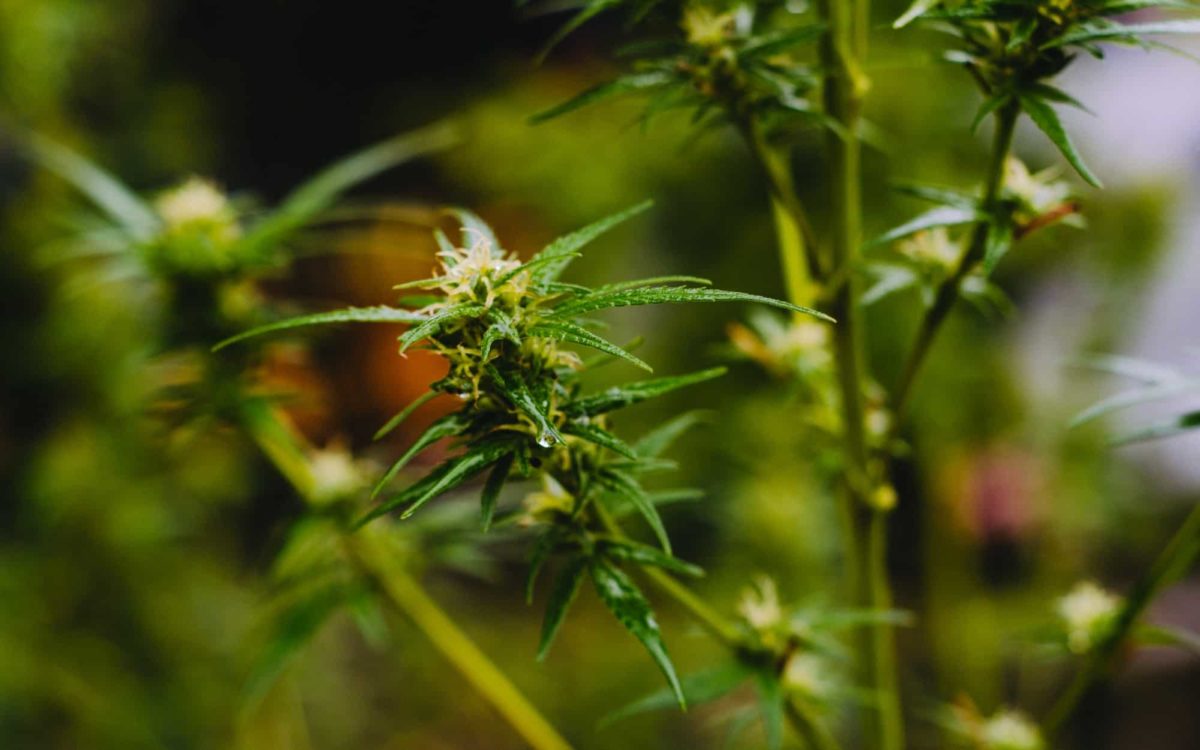What are Cannabis Derived Terpenes and Why Do They Matter?

Terpenes, terpenes, terpenes! This buzzword is everywhere in the cannabis industry. What are they, and what are cannabis derived terpenes, exactly?
Terpenes are aromatic compounds found in plants that make up their smells and flavors. They create aromas such as spicy, earthy, citrus, piney and pepperry. Cannabis terpenes in particular can also influence the effects the user experiences after consumption. There are thousands of known individual terpenes found in various forms of cannabis.
Research on cannabis derived terpenes is ongoing. Below are some of the primary cannabis terpenes and their associated affects:
- Myrcene (Beta): Sedative, relaxing, antipsychotic.
- Limonene: Uplifting, mood-enhancing, anti-anxiety.
- Caryophyllene (or Beta-Caryophyllene): Anti-inflammatory, analgesic.
- Linalool: Calming, anti-anxiety, analgesic.
- Pinene: Alertness, memory retention, anti-inflammatory.
- Terpinolene: Sedative, antioxidant, antibacterial.
- Humulene: Anti-inflammatory, appetite suppressant.
- Ocimene: Antiviral, antifungal, decongestant.
- Terpineol: Relaxing, antioxidant, antibacterial.
- Geraniol: Antioxidant, antibacterial, neuroprotective.
Cannabis Derived Terpenes vs Live Resin
Ever wonder about the difference between cannabis derived terpenes vs live resin, a concentrate flash frozen after harvest? Cannabis-derived terpenes and live resin vary in their composition and production methods. Cannabis-derived terpenes are the essential oils of the plant, isolated from the rest of the plant components. Extraction of these terpenes typically involves steam distillation or solvent extraction, focusing on gathering the aromatic and flavor compounds without the cannabinoids like THC or CBD. On the obverse, live resin incorporates a full spectrum of the plant’s compounds, including THC and CBD. Keep in mind, live resin is stronger than terpenes alone, as live resin on its own produces the euphoric feeling associated with cannabis. Terpenes can’t provide this experience on their own.
Legality of Cannabis Terpenes in Products
In a related aspect, remember the legality of cannabis-derived terpenes varies from state to state. Where cannabis remains illegal, any product derived from the cannabis plant, including terpenes, may be considered illegal. This legal status can be complicated, as some regions might allow for hemp-derived products (including terpenes) under certain THC concentration thresholds, but not cannabis-derived products. Therefore, the lawfulness is heavily conditional to local regulations and laws. If specifics are not clear, always err on the side of caution when searching for cannabis derived terpenes for vape carts, diffusers or topical application, for example.
Terpenes and THC
In April 2024, researchers at Johns Hopkins University published results from a clinical trial showing clinical evidence terpenes can change the effects of THC. In the study, participants inhaled two different doses of vaporized THC, either alone or mixed with limonene. While 30 milligrams, the highest dose of THC, caused people to feel anxious and paranoid when inhaled alone, adding the highest dose of limonene significantly reduced these feelings. Members of the group receiving the highest doses of both compounds were also more likely to report feeling relaxed than any other group and less likely to find the high dose of THC unpleasant, compared with those who inhaled 30 milligrams of THC alone. The lower doses of limonene did not cause any statistically significant changes in experiences. Ryan Vandrey, a Johns Hopkins professor and principal investigator for the clinical trial, said the study’s findings could be used to make medical cannabis products more useful by reducing the amount of anxiety caused by THC, one of the negative side effects of using the drug.
Two research scientists and a medical doctor unaffiliated with the study noted that this latest research is revolutionary, as it’s the first published clinical trial to test the effects of a terpene in combination with THC. Linda Klumpers, a research assistant professor of pharmacology with the University of Vermont, called the study “successful” and said it shows the grouping of THC and limonene “likely gives effects that are different from when the compounds are given alone.” Klumpers did, however, caution that the study has several limitations and doesn’t prove that terpenes found in natural cannabis products affect how people experience THC intoxication. The study’s sample size was fairly small — only 12 people — and the inclusion of many different measurements reduced the overall strength of its conclusions, according to Klumpers. The study also did not blind the aroma of limonene, meaning participants could have been aware they were consuming a terpene along with the THC. In addition, the group that reported the strongest effects received doses of limonene higher than anything naturally found in cannabis, limiting its real-world relevance.
Stay Up to Date on Cannabis Derived Terpenes with CannaCon!
Keep up with industry news with CannaCon, the nation’s leading business-to-business cannabis conference. Their goal is to grow the cannabis industry by educating cannabis business owners on all things related to cannabis and CBD, like cannabis derived terpenes for carts and how different terpenes affect a product’s scent and flavor. Their trade shows feature a large exhibition hall with exhibitors from around the country as well as seminars delivered by industry experts. Get your CannaCon tickets today!
This article was originally posted on December 17, 2019 and updated on December 27, 2024.

is this medical or recreational?
both
[…] https://cannacon.org/cannabis-derived-terpenes/ […]